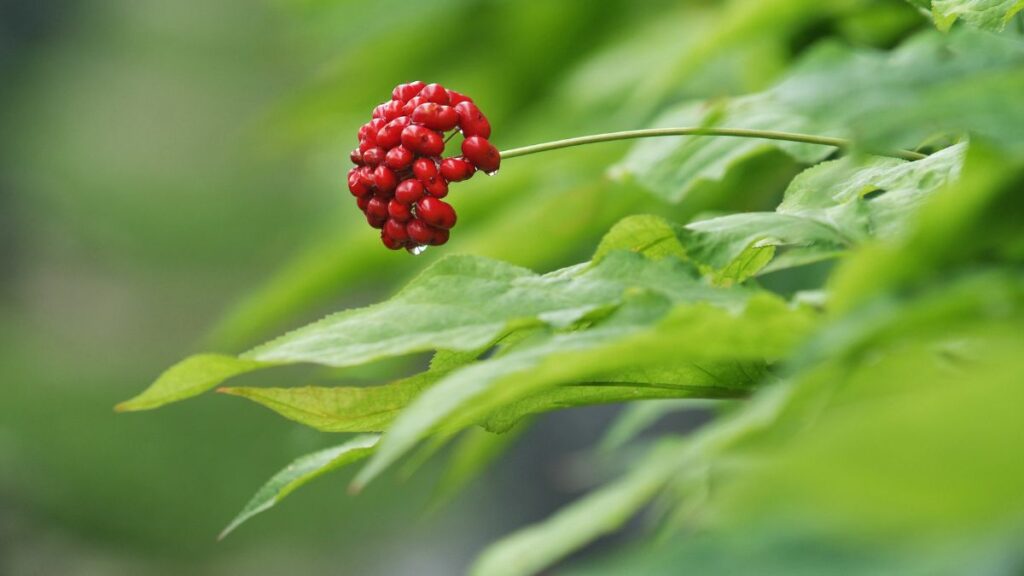There are three main types of ginseng plant pictures – American ginseng, Asian ginseng, and Siberian ginseng. Each type varies in appearance and has unique characteristics.
Ginseng plants are known for their medicinal properties and have been used in traditional medicine for centuries. American ginseng (Panax quinquefolius) is native to North America and has distinctive leaves that grow in a circular pattern. Asian ginseng (Panax ginseng) is native to China and Korea and has a more upright growth pattern with smaller leaves.
Siberian ginseng (Eleutherococcus senticosus) is not a true ginseng but is often used as a substitute and has a different appearance. Each type of ginseng plant has its own unique benefits and uses, and their pictures can help in identification and understanding their differences.
American Ginseng
American Ginseng, scientifically known as Panax quinquefolius, is a perennial herb native to the forests of North America. It is highly valued for its medicinal properties and has been used for centuries in traditional herbal medicine.
Overview
American Ginseng is renowned for its adaptogenic properties, meaning it helps the body adapt to stress and maintain homeostasis. It is characterized by its fleshy root, which resembles a human body, and has been traditionally used as a natural remedy for various ailments.
Characteristics
The plant features long-stemmed, palmately divided leaves and small greenish-white flowers that develop into red berries. The root is the most valuable part, often harvested for its therapeutic properties. American Ginseng is typically found growing in shady, well-drained woodlands.
Benefits
- Boosts energy levels
- Supports cognitive function
- Enhances immune system
- Regulates blood sugar levels
- Reduces stress and anxiety
- Improves overall well-being
Asian Ginseng

Asian Ginseng, also known as Panax Ginseng, is a perennial plant that belongs to the Araliaceae family. This plant is native to the mountainous regions of Eastern Asia, particularly China and Korea. Asian Ginseng has been widely used in traditional Chinese medicine for centuries for its numerous health benefits.
Overview
Asian Ginseng is characterized by its slow-growing, fleshy roots and distinctive leaves that are arranged in a circular shape around a central stem. The plant produces small clusters of red berries and blooms with greenish-yellow flowers in the summer.
Characteristics
- Slow-growing, fleshy roots
- Distinctive circular arrangement of leaves
- Clusters of red berries
- Greenish-yellow flowers in summer
Benefits
- Boosts immune system
- Increases energy and reduces fatigue
- Improves cognitive function
- Enhances physical endurance
Siberian Ginseng
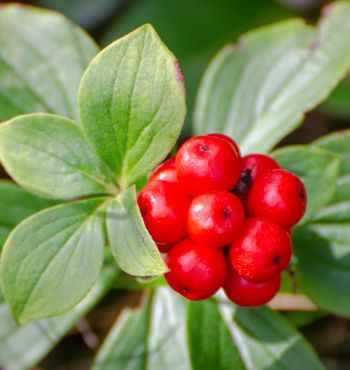
Siberian Ginseng, also known as Eleutherococcus senticosus, is a popular herbal remedy derived from a native Asian plant. It is often considered to be a type of ginseng due to its similar properties, although it is technically not a true ginseng. Siberian Ginseng has gained popularity for its various health benefits and is widely used in traditional medicine practices.
Overview
Siberian Ginseng, a distant relative of the Panax ginseng plant, grows primarily in Siberia, China, and Korea. The plant contains active compounds known as eleutherosides, which are believed to contribute to its medicinal properties. Siberian Ginseng has been used for centuries in traditional medicine to promote vitality and stamina.
Characteristics
The Siberian Ginseng plant has distinctive characteristics that make it easily recognizable. It belongs to the Araliaceae family and typically grows to a height of 2 to 3 feet. The plant has dark green, serrated leaves that are arranged in a palmate pattern. In late summer, Siberian Ginseng produces small clusters of yellowish-green flowers. The fruit of the plant is a small, black, and round berry-like structure.
Benefits
Siberian Ginseng is known for its numerous health benefits. Here are some of the key advantages of incorporating this herb into your wellness routine:
- Enhanced Energy and Stamina: Siberian Ginseng is believed to boost energy levels and enhance physical endurance, making it a popular choice for athletes and individuals with demanding lifestyles.
- Improved Cognitive Function: The herb is thought to have cognitive-enhancing properties, improving focus, memory, and mental performance.
- Stress Management: Siberian Ginseng is often used as an adaptogen, helping the body cope with stress and promoting overall well-being.
- Immune System Support: This herb is thought to strengthen the immune system, making it more resistant to infections and diseases.
- Anti-Inflammatory Effects: Siberian Ginseng may possess anti-inflammatory properties, potentially reducing inflammation in the body and alleviating associated symptoms.
It’s worth noting that Siberian Ginseng should be used with caution, and it’s best to consult with a healthcare professional before incorporating it into your routine. While it is generally considered safe, it may interact with certain medications and may not be suitable for everyone.
Ginseng Varieties
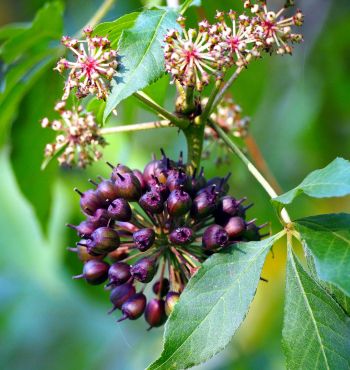
Ginseng, a popular medicinal herb known for its numerous health benefits, comes in different varieties. Each variety has its own unique characteristics and qualities. Let’s explore some of the most common types of ginseng plants through pictures and learn about the differences they offer.
Incredible White Ginseng
White ginseng, also known as Panax ginseng, is one of the most widely recognized and sought-after varieties. It is called “white” ginseng because the roots are harvested and dried without steaming or processing, resulting in a pale color. White ginseng is renowned for its revitalizing properties and is often used to boost energy levels and enhance mental focus. The roots of this type of ginseng are commonly shaped like a human body, attributed to the plant’s association with overall well-being.
Red Ginseng: A Powerful Tonic
Red ginseng, or Panax ginseng C.A. Meyer, is another popular variety that undergoes a specific processing method. The roots of red ginseng are steamed and dried, giving them a deep reddish-brown color. This unique processing not only alters the appearance but also enhances the potency of the ginseng. Red ginseng is often used as a natural tonic to support the immune system, promote vitality, and improve physical endurance. Its distinct shape, resembling a miniature human, contributes to its nickname “man root.”
The Wild And Mysterious Ginseng
Wild ginseng, also known as Panax quinquefolius, is highly treasured for its scarcity and exceptional medicinal properties. Unlike cultivated varieties, wild ginseng is found in its natural habitat, predominantly in mountainous regions. This variety is highly valued due to its unique shape, which closely resembles a miniature, gnarled tree. Wild ginseng is believed to possess even more potent beneficial compounds compared to its cultivated counterparts, making it highly sought after in traditional medicine.
If you’re considering incorporating ginseng into your health routine, it’s essential to understand the distinctions between these various varieties. The pictures of each ginseng plant offer a visual guide, allowing you to recognize and appreciate their distinguishing features. Whether it’s the invigorating white ginseng, the powerful red ginseng, or the elusive wild ginseng, each variety provides its own set of potential health benefits.
Growing Ginseng
Ginseng is a valuable herb that has been used in traditional medicine for centuries. It is known for its numerous health benefits and high demand in the market. If you are interested in cultivating your own ginseng plants, it is important to understand the requirements for growing this delicate herb. In this article, we will explore the climate requirements, soil conditions, and harvesting techniques for successful ginseng cultivation.
Climate Requirements
Ginseng is a cool-season plant that thrives in temperate climates. It requires a cold dormancy period during winter, making it unsuitable for tropical regions. The ideal temperature for ginseng growth is between 50 to 70 degrees Fahrenheit (10 to 21 degrees Celsius). It prefers a long and cold winter with an average annual temperature of around 50 degrees Fahrenheit (10 degrees Celsius) and a short, mild summer.
Soil Conditions
Ginseng plants require well-drained soil with a slightly acidic pH level between 5.0 and 6.0. Additionally, the soil should be rich in organic matter and have good water retention capacity. If the soil is too compacted or lacks proper drainage, it can lead to root rot and other diseases. It is important to prepare the soil by removing any weeds, rocks, or debris and improving its fertility with organic amendments such as compost or aged manure.
When planting ginseng, it is essential to ensure that the soil is loose and friable to allow easy root penetration and nutrient absorption. Mulching the soil with straw or wood chips can help retain moisture and prevent weed growth, creating a favorable environment for ginseng plants to thrive.
Harvesting
Harvesting ginseng requires patience and careful timing. The optimal time to harvest ginseng is typically after it has reached maturity, which takes about five to six years. It is crucial not to harvest immature plants as they may not have fully developed the beneficial compounds that make ginseng valuable.
When harvesting, gently dig around the roots of the plant, being cautious not to damage the delicate rhizomes. Carefully remove the root system from the ground, ensuring to leave the growth bud intact for potential future growth. Once harvested, ginseng roots can be dried and used for various purposes, including herbal remedies, teas, and supplements.
Successful ginseng cultivation requires attention to detail and adherence to specific climate and soil conditions. By providing the right environment and ensuring proper harvesting techniques, you can enjoy the satisfaction of growing your own high-quality ginseng plants.
Uses Of Ginseng
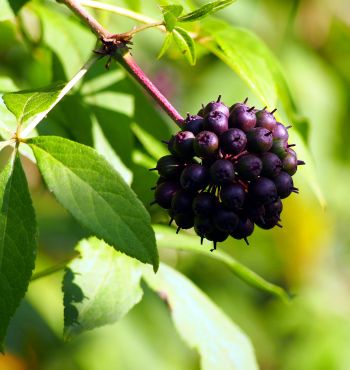
Ginseng is a versatile plant with various uses, from herbal medicine to cosmetics. With different types like Asian and American ginseng, it offers a variety of health benefits. Pictures of these plants showcase their distinctive features and aid in identification.
Traditional Medicine
For centuries, ginseng has been widely used in traditional medicine for its various health benefits. This incredible herb is believed to boost the immune system, improve mental clarity, increase stamina, and reduce stress levels. Traditional medicine practitioners often recommend ginseng as a natural remedy for numerous ailments including fatigue, diabetes, high blood pressure, and even erectile dysfunction.
Supplements
In today’s fast-paced world, where people are constantly seeking ways to enhance their overall health, ginseng supplements have gained immense popularity. These supplements are available in various forms such as capsules, pills, powders, and extracts. By incorporating ginseng into their daily routine, individuals hope to experience its potential benefits, including increased energy levels, improved cognitive function, and strengthened immune system.
Cosmetics
The powerful properties of ginseng have also found their way into the world of cosmetics. It is known for its ability to rejuvenate the skin and promote a youthful appearance. Many skincare brands include ginseng as a key ingredient in their products, such as moisturizers, serums, and face masks. Due to its antioxidant and anti-inflammatory properties, ginseng helps to soothe and nourish the skin, diminish the signs of aging, and create a healthy glow.
Popular Ginseng Products
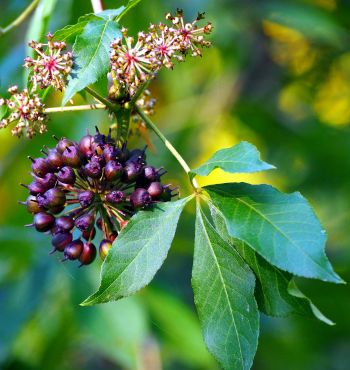
Discover popular ginseng products through captivating pictures showcasing various types of this beneficial plant. Explore the world of ginseng and its many health-enhancing properties with these visually enticing representations.
Popular Ginseng Products Ginseng Tea Ginseng tea is a popular way to enjoy the benefits of ginseng. It’s known for its natural energy-boosting properties and soothing effects. The tea is made from the root of the ginseng plant and is often brewed with hot water. Ginseng Capsules Ginseng capsules are convenient and easy to consume. They provide a concentrated dose of ginseng in a convenient form.
Capsules are a popular choice for individuals looking to incorporate ginseng into their daily routine. Ginseng Extract Ginseng extract is a highly concentrated form of ginseng. It is often used in traditional medicine and holistic treatments. The extract is derived from the ginseng root and is known for its potency and effectiveness. In addition to these popular products, ginseng is also available in various other forms such as ginseng powders, ginseng tinctures, and ginseng skincare products. Each of these products offers a unique way to experience the many benefits of this revered herb.
FAQ Of Types Of Ginseng Plant Pictures
What Are The 3 Types Of Ginseng?
The three types of ginseng are American ginseng, Asian ginseng, and Siberian ginseng. Each type has unique properties and health benefits. American ginseng is known for its calming effects, Asian ginseng is used for increased energy and focus, and Siberian ginseng is popular for boosting the immune system.
How Do I Identify A Ginseng Plant?
To identify a ginseng plant, observe its unique characteristics: five leaflets on each leaf, green or red berries, and a smooth stem with a whorl of leaves on top. The distinctive root has a human-like shape with multiple branches. Harvesting ginseng requires knowledge and caution.
What Plant Is Mistaken For Ginseng?
The plant often mistaken for ginseng is the Ashwagandha plant.
Conclusion
Ginseng plants come in various types, each with unique characteristics and health benefits. Whether it’s American, Asian, or Siberian ginseng, these plants have been used for centuries in traditional medicine. The pictures provided in this blog post offer a visual representation of these plants, aiding in identification and understanding.
By exploring the different types of ginseng, you can choose the one that best suits your needs and reap their potential health benefits. So, start exploring and discover the power of ginseng today.
